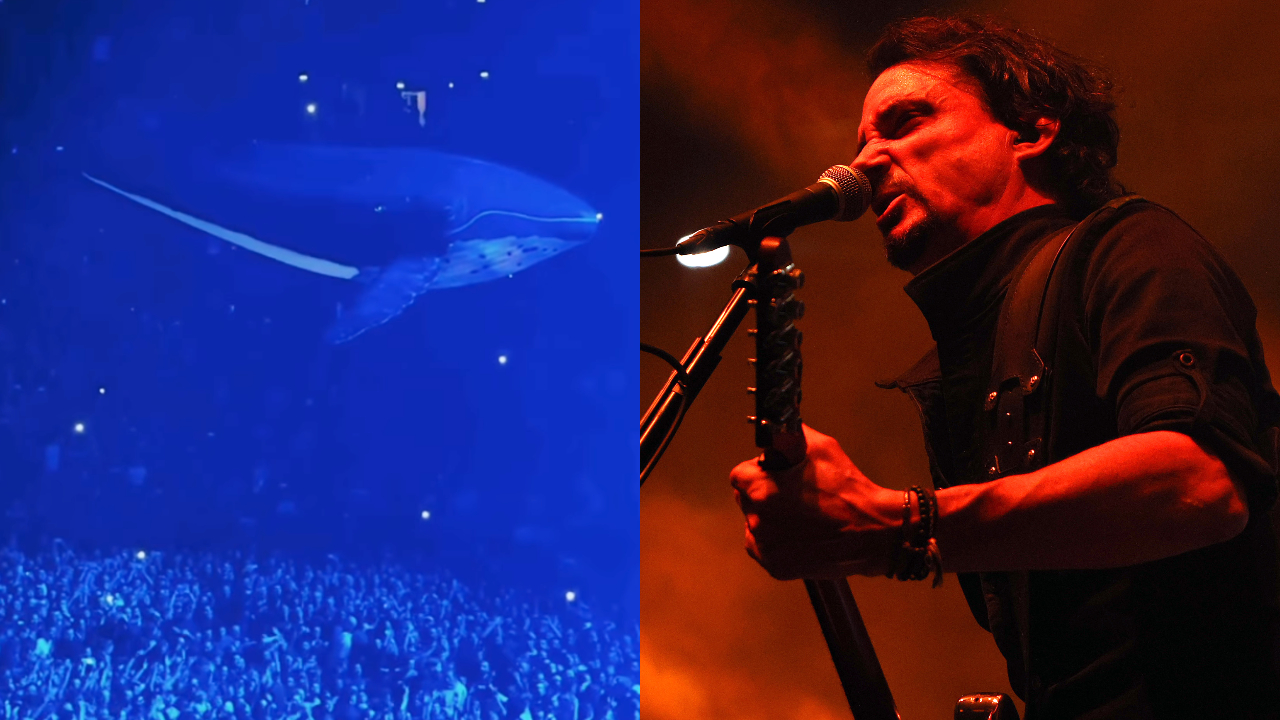10 metal bands who ‘went soft’ – and were better off for it
Avenged Sevenfold, Bring Me The Horizon and Gojira took their careers to new heights after dialling back the aggro

Since the dawn of the genre, metal bands softening themselves up to emphasise melody or groove has incited gatekeepers to cry, “Sell-out!” Change isn’t inherently a bad thing, though. Such shifts in sound have spawned masterpieces from Metallica’s Black Album to Megadeth’s Countdown To Extinction – although these bands later returned to their fast-thrashing ways. Even more fascinating are the artists who temper their aggression then stick to their guns, all the while keeping goodwill and climbing in status. These are 10 metal bands who went soft, stayed soft and became far better off for it:

Avenged Sevenfold
On their 2001 debut album, Sounding The Seventh Trumpet, Avenged Sevenfold were scrappy metalcore teens. Waking The Fallen emphasised more melody and singing two years later, before 2005’s City Of Evil fully embraced old-school metal influences like Guns ’N’ Roses. Singles Bat Country and The Beast And The Harlot got the Californians’ career rolling, and hardcore’s never re-entered their vocabulary.
Bring Me The Horizon
Like Avenged, Bring Me The Horizon have grown from angsty youngsters to fine-tuned festival headliners. The Northerners screamed for notice in the nascent deathcore scene during their 2006 debut album, Count Your Blessings. That ship sank, but the metalcore of Suicide Season and the increasing electro-pop of Sempiternal, That’s The Spirit and Amo have since thrust the band into the mainstream.
Gojira
Gojira’s fusion of Morbid Angel’s death metal precision and mid-paced Machine Head groove rang out from rural France and pricked the underground’s ears. By 2012’s L’Enfant Sauvage, their conscious yet brutal music had positioned them as future breakout stars. 2016’s Magma, mellowed in part by the death of the Duplantier brothers’ mum, subsequently pushed the band to the next commercial level.
Myrkur
After assuming the mantle of Myrkur, Amalie Bruun quickly dazzled the underground with two albums of ethereal, folky black metal. The singer/songwriter then went all-in on her traditional Nordic influence for 2020’s Folkesange, eschewing electric guitars entirely. 2023’s Spine announced those mellower ways would stick, drawing pop and prog into its dark yet serene soundscape.
Baroness
Although Baroness’s first two albums, 2007’s Red Album and 2009’s Blue Record, inspired positive reviews, many contained comparisons with the band’s Georgia sludge peers, Mastodon. 2012’s Yellow And Green later reaffirmed their excellence with no room for asterisks, casting a swampy metal sound against more accessible rock hooks. It’s a contrast that’s since defined three further, magnificent full-lengths.
Cynic
Although Cynic formed as technical death metal brutes, their heaviness started dissipating as early as their debut album. 1993’s Focus emphasised vocoders and synths, resulting in something so ahead of its time that the band broke up just one year later. Mercifully, by 2007, Cynic’s genius was acknowledged, and they reunited to release three more beautifully celestial statements.
Sign up below to get the latest from Metal Hammer, plus exclusive special offers, direct to your inbox!
Alcest
Frontman Neige initially founded Alcest as a run-of-the-mill black metal trio and disbanded them after just one demo. He resurrected the name for a solo project in 2005, though, where he sonically replicates the loveliness of a vision he had in childhood. The resulting combination of dreamlike textures and shrill screaming became the backbone of “blackgaze”, which Alcest have broadly stuck to.
Katatonia
Katatonia were the most miserable sons of the Stockholm scene, imbuing nascent death metal sounds with doomy melancholy. Then, in 1998, singer Jonas Renkse was bored and shredding his vocal cords, so he pushed the band down a more gothic rock route. Katatonia have dabbled in prog and alt-metal to keep things fresh, but they’ve never once re-employed screaming.
Sólstafir
Sólstafir’s debut album, Í Blóði Og Anda, introduced the Icelanders as ferocious acolytes of black metal and hardcore. Their music quickly grew more windswept and immense, suiting the backdrop of their gorgeous homeland. Now, the four-piece offer a landscape of rock ’n’ roll chords played in slow motion beneath harmonious and near-alien-feeling vocals. Nobody else sounds quite like it.
Ulver
Ulver never wanted to be just another black metal band. Their second album, Kveldssanger, fully embraced Nordic folk – but that was nothing compared to the adventurousness to come. The Norwegian collective had genres as disparate as post-rock, industrial and jazz under their belts, then their recent duology of The Assassination Of Julius Caesar and Flowers Of Evil went full, unfettered pop.

Louder’s resident Gojira obsessive was still at uni when he joined the team in 2017. Since then, Matt’s become a regular in Metal Hammer and Prog, at his happiest when interviewing the most forward-thinking artists heavy music can muster. He’s got bylines in The Guardian, The Telegraph, The Independent, NME and many others, too. When he’s not writing, you’ll probably find him skydiving, scuba diving or coasteering.
